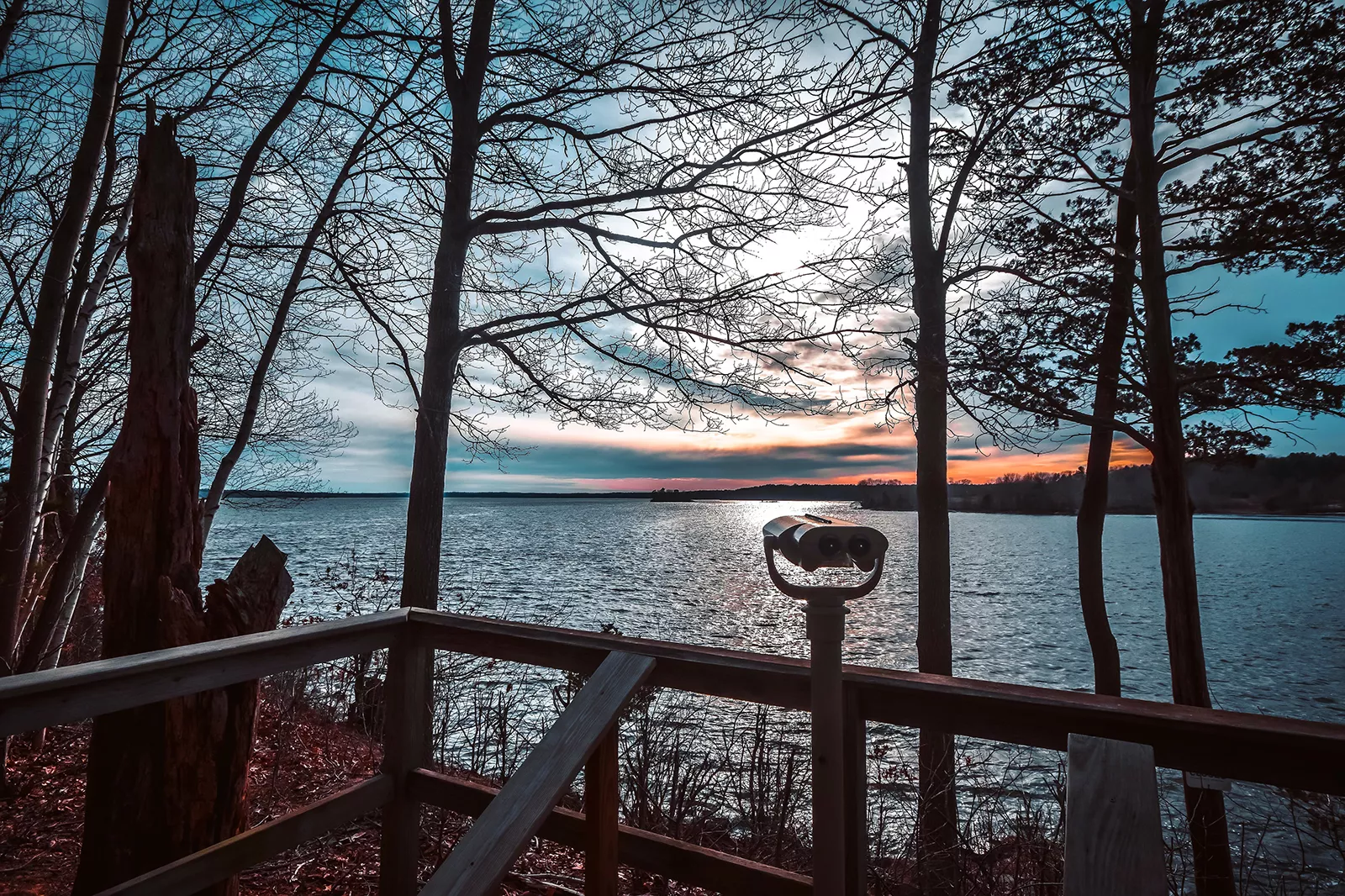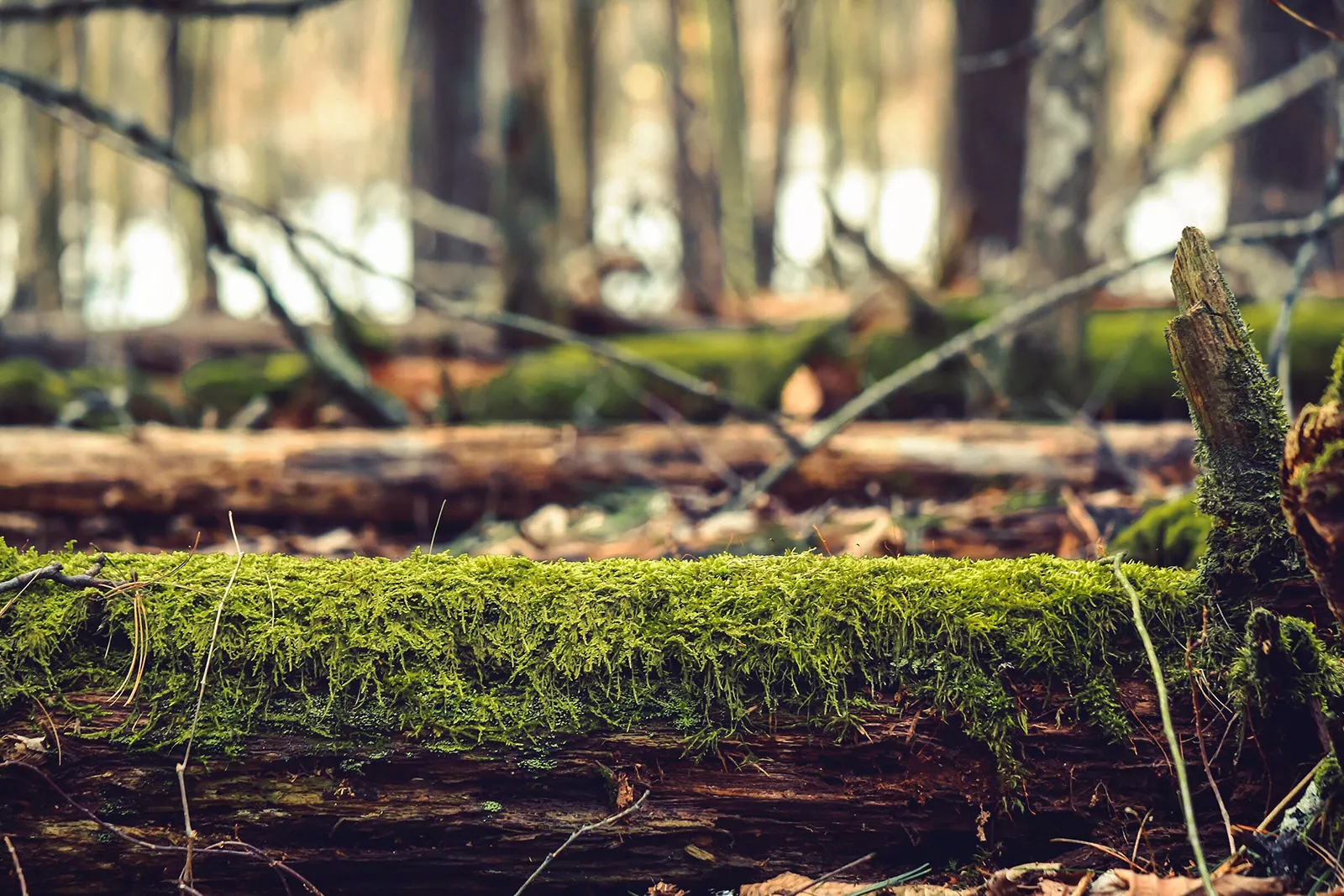Great Bay National Wildlife Refuge
This blog posts is currently being updated. Please check back soon!
With a wide array of rich habitats for protected wildlife and stunning landscapes, Great Bay National Wildlife Park is the perfect destination for wildlife lovers and photographers. One of the major wintering areas for black ducks, this jewel in New Hampshire’s crown is at the heart of protecting endangered species and is a celebration of nature at its best.

Established in 1992, Great Bay has been one of my favorite places to visit as it is the ideal spot to switch off after a busy working week. The open coastal waters provide the perfect setting for migrating birds and the keen birdwatchers in our family have delighted in spotting bald eagles, osprey, common loons, and many more species of bird.
Great Bay is beautiful all year round, whether you visit in spring to welcome in the warmer weather with the arrival of the spring peepers or delight in the footsteps of white-tailed deer during summer.
The warmer months do bring about bothersome mosquitos so do take care if you are visiting during this time, especially if you have the kiddies with you. In terms of being child-friendly, the Peverly Pond and Ferry Way trails are ideal for all abilities and are wheelchair accessible. You will find good quality restrooms on the Peverly trail as well as an information kiosk.

For those who love to get active, there are always lots of events, including the Great Bay Deer Hunt, Great Bay Walkabout, and organized hikes to suit all abilities. There is plenty of on-site parking but no food or drink facilities so do make sure you bring your own if you are planning to stay for a long time. Be careful to bring a water bottle during the summer as the area is very exposed to the sun.
As one of the longest and unspoiled stretches of land in New England, Great Bay is something that New Hampshire loves to shout out about. If you are lucky enough to spot a wintering bald eagle you will have witnessed a true natural wonder that will make you want to head back to Great Bay again and again


